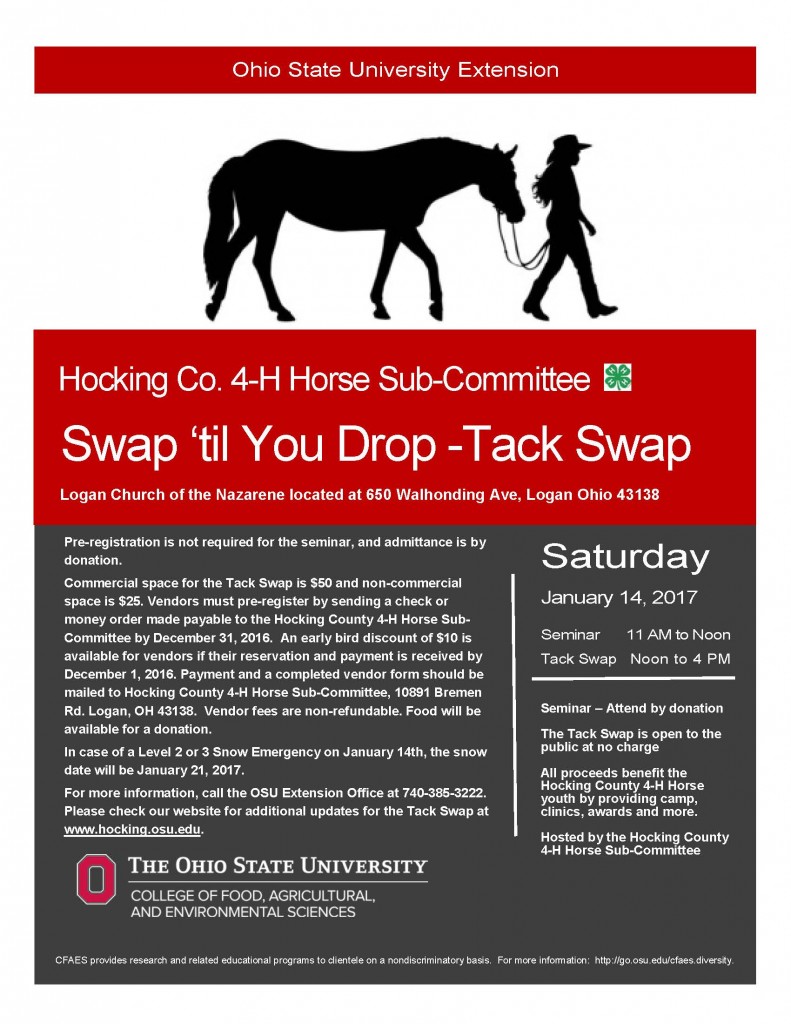
This article was also printed in The Journal on October 3, 2016.
This spring I had an idea to start a research project by planting some grass seed. I shared the idea with some of my mentors and colleagues and we got to work. It seemed simple enough, but I didn’t get the results that I hoped for. Despite my efforts to create good conditions for the seed, the grass did not establish. Instead, I grew a great big patch of weeds. Oh, how disappointing it was to see so many cocklebur plants and foxtail stems where my grass was supposed to be. I looked at it and wanted to throw in the towel. I had plans for that grass, but it wasn’t there. Now what do I do? Can I fight off these weeds? Do I give up on my project idea? Do I start all over? After thinking all this over and asking for advice, we decided that the project idea is still good. Just because the grass didn’t establish this spring, doesn’t mean it is a lost cause. One thing is for sure, it certainly won’t work if we don’t try. So far, it seems like this project has been a failure, but the only way it can really fail is if we give up. So, I am trying again.
My friend Doug had a similar experience this summer. Doug has specific plans in partnership with the Natural Resources Conservation Service (NRCS) to put in a strip of pollinator friendly plants along a section of his property. In order to follow the developed plan, he would have to wait until Spring 2017 to get started. Doug wanted to get a head start and do something beneficial this year. He had an idea to plant buckwheat this summer in the location where his pollinator plants would go in 2017. Buckwheat is a short-season annual plant that is versatile and low maintenance. Bees, butterflies, deer, and turkeys find it attractive, the grain can be used to make flour for human consumption, and it is very useful as a cover crop and green manure. After investigating his options and talking to people who had success growing buckwheat he decided to plant some.
Doug followed the directions for planting the seed, but the buckwheat didn’t come up within the time frame he expected. He inspected the field and the only remnants of the seed he found were damaged or dead. He called me concerned that he had done something wrong. We kicked around ideas, but were unable to pinpoint exactly what happened. Despite the setback, Doug didn’t give up. He replanted the strip of land with a fresh supply of seed. At the beginning of September, I got a message from Doug with photos of a long strip of white flowers that read, “Hi Christine, So…What do you think of my buckwheat?” “Wow! It’s beautiful!”, I responded.
It truly was beautiful, not just the image of the gorgeous spicebush swallowtail butterfly that sat gracefully perched on a cluster of flowers, but the reassurance that what may appear to be failure on the first try, can blossom into success. Let’s face it, no one is an expert at something they’ve only tried once. We’ve heard the saying a hundred or more times, but let’s keep saying it so we don’t forget, “If at first you don’t succeed, try, try, again.”

